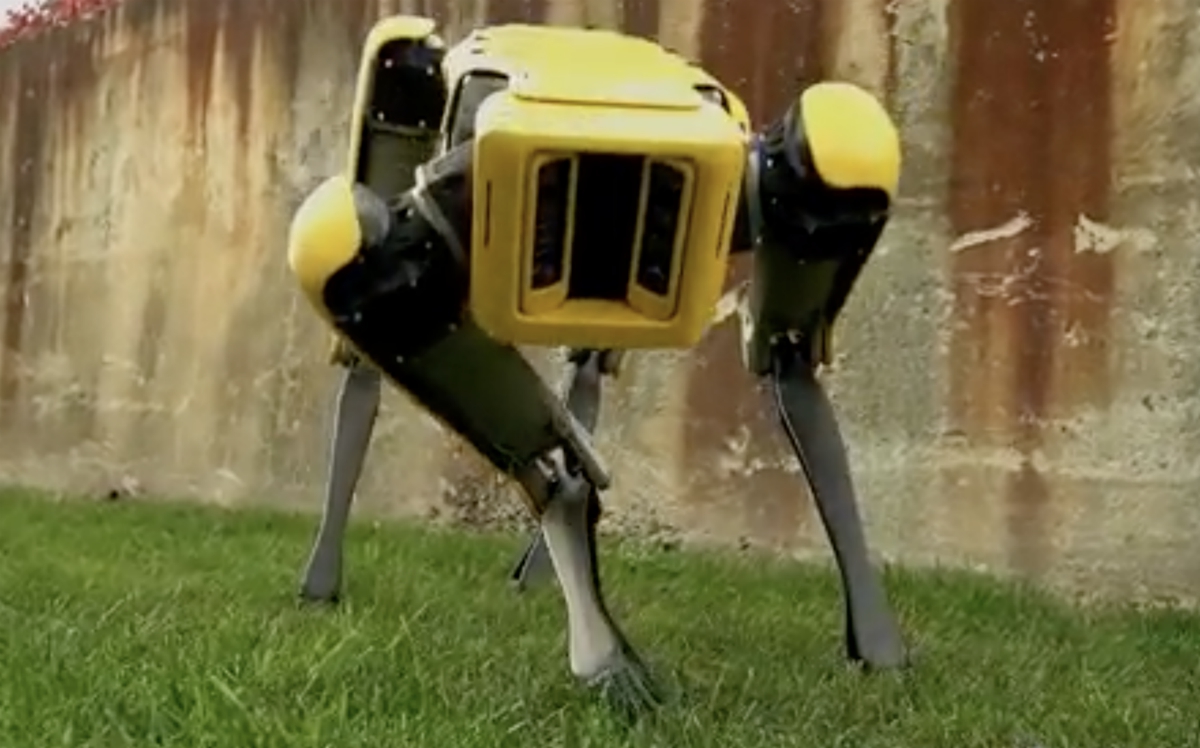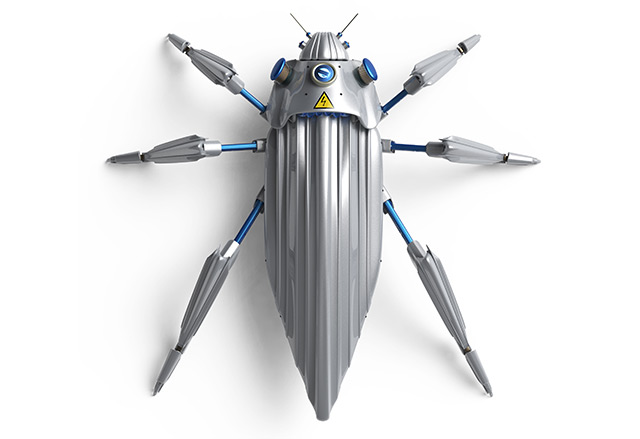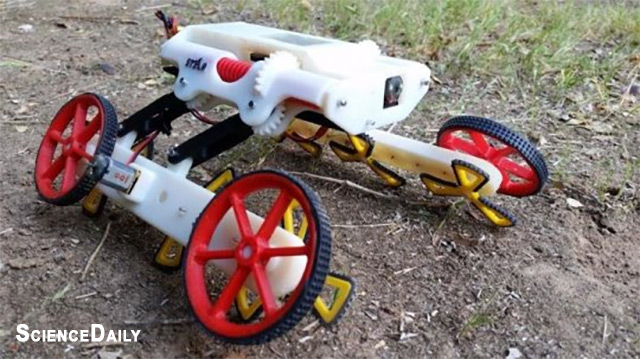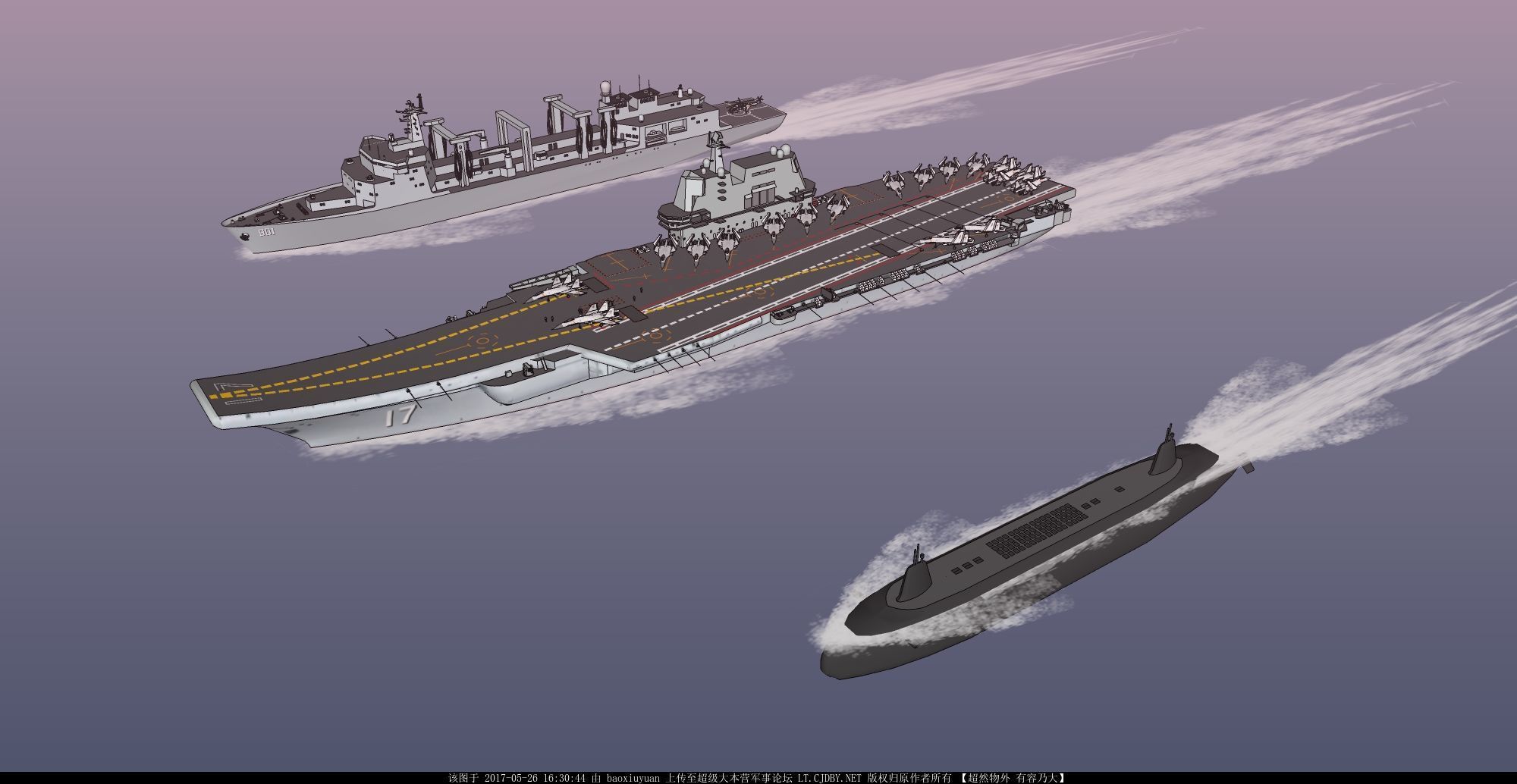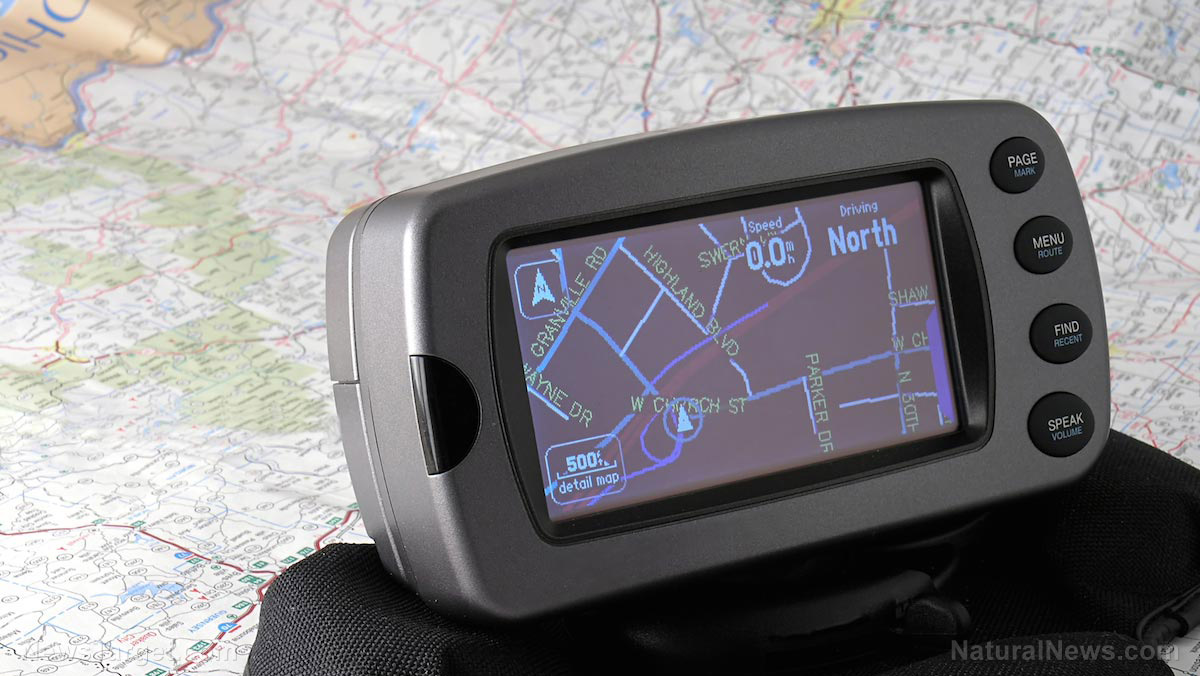Study: Your torso is more intuitive and precise than a joystick for piloting drones
10/08/2018 / By Zoey Sky

According to a study by researchers from the Ecole Polytechnique Fédérale de Lausanne (EPFL), the human torso can be used to control drones more accurately than joysticks in both real and simulated test runs.
Data from the study, which was published in the journal Proceedings of the National Academy of Sciences (PNAS), is now being used to apply the revolutionary body-machine-interface technology for search-and-rescue with drones.
How can the human body be used to pilot drones?
The study findings imply that by using the human torso to control the drone, pilots are free to use their heads to survey the area being patrolled by the aircraft, just like a bird when it’s in flight. Compared to using a joystick to control drones, the torso piloting method is “more immersive…and more effective.”
Jenifer Miehlbradt, the lead study author from the EPFL’s Translational Neuroengineering Laboratory, shared that the research team set out to design a control method that’s easy to learn so it would require less mental focus. The easier the devised method was, the more users could focus on more important matters, such as search-and-rescue using the drone.
Miehlbradt, who was led by Professor Silvestro Micera, Chair of the Bertarelli Foundation, added that allowing the users to use their torso to control the drones gave them the sense that they are flying. The experience is completely different when compared to using a joystick, which has a simple design but can be difficult to use precisely when controlling distant objects. (Related: Air drop delivery: Drones are being used in Rwanda to deliver blood and medicine to remote hospitals.)
For the study, the researchers wanted to observe how participants would use their bodies to pilot a flying object, like a drone. This helped the scientists figure out which movements are “most intuitive and natural” so piloting controls could be approached from a different perspective.
The research team first monitored the body movements of 17 participants using 19 markers placed all over the upper body along with their muscular activity. The individuals then followed the actions of a virtual drone via simulated landscapes that passed by as viewed through a pair of virtual reality (VR) goggles.
Based on the motion patterns that emerged, the researchers discovered potential torso-related strategies for piloting drones. Data showed that only four markers located on the torso were required to effectively pilot flight simulators and real drones through a circuit of obstacles.
The researchers then compared the torso strategies to joystick control in 39 participants. The comparison showed that torso drone control outperformed joystick control in both precision and reliability, even when the participants had minimal training sessions for the first control method.
Micera, who also has a Ph.D. in Biomedical Engineering from the Scuola Sant’Anna, explained that using the data analysis, the research team was able to develop “a very simple and intuitive approach which could also be used with other populations, machines, and operations.” The professor noted that this approach can help streamline the teleoperation of robots with non-human mechanical attributes.
Teleoperation refers to the operation of a machine, robot, or system, from a distance. Teleoperation usually involves a remote robot that is controlled by a human operator.
The results of the study offer an innovative and completely immersive piloting strategy that emphasizes the identification of relevant torso parameters so a pilot’s head, limbs, hands, and feet can be used to perform other actions. However, the proof-of-concept system needs body markers and external motion detectors to work properly.
Using the study findings, a team of EPFL researchers has developed a garment that applies the torso strategy into drone control without external motion detectors.
Before this unique piloting mechanism can be applied, the torso strategy must be turned into a wearable system for drones. Once the system is finalized, it can be applied to different uses like flight simulators and piloting drones. It might even be used to pilot planes in the future.
Read more articles about search-and-rescue technology at FutureScienceNews.com.
Sources include:
Tagged Under: body-machine interface, drones, future tech, human torso, joystick, remote operation, science and technology, search and rescue, teleoperation, Virtual reality
